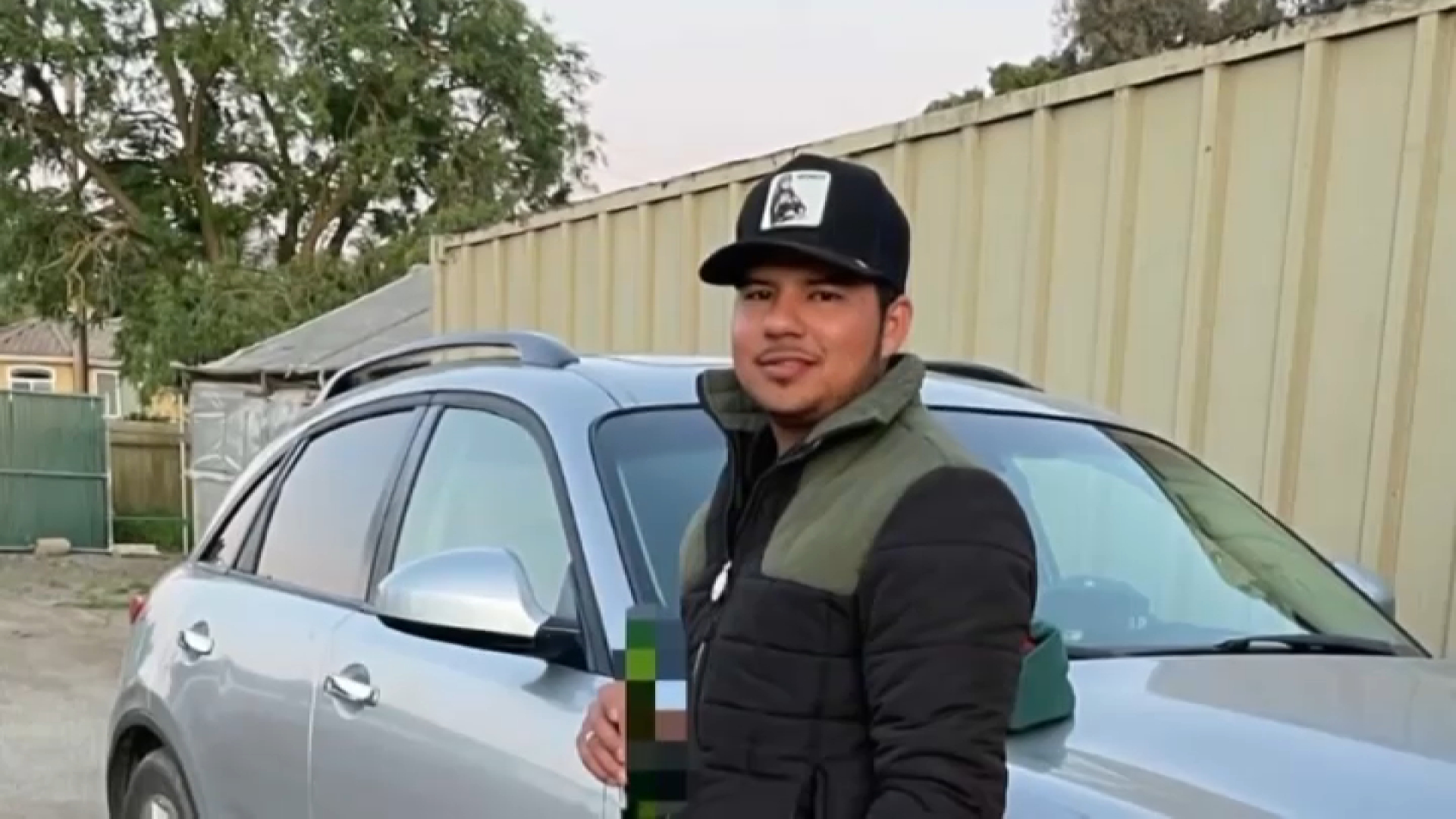California's high-speed rail project became the first in the nation to break ground on Tuesday, aiming to whisk travelers at 200 mph between Los Angeles and San Francisco in less than three hours.
The $68 billion project faces challenges from Republicans in Congress eager to reduce government spending and Central Valley farmers suing to block the train from crossing their fields. Others doubt the state can deliver the sleek project as promised, and worry it will become an expensive failure.
But Gov. Jerry Brown said high-speed rail is essential to meeting his new challenge: Encouraging the nation's most populous state to increase renewable energy use to 50 percent in the next 15 years.
"It's not that expensive. We can afford it. In fact, we cannot NOT afford it,'' Brown said before signing a symbolic section of rail for the network he hopes will reduce travel times and air pollution across the state into the next century.
Gina McCarthy, administrator of the U.S. Environmental Protection Agency, said the electric trains will clean up the environment by taking cars off highways and providing an effective alternative to air travel, which tends pumps far more greenhouse gas into the atmosphere.
"High speed rail is good for our health, it is good for our climate and it is good for our economy,'' she said.
The groundbreaking was attended by several hundred people who gathered near old rail lines in an industrial section of downtown Fresno. About a dozen protesters stood at a fence, shouting "show me the money.''
Dan Richard, chairman of the California High-Speed Rail Authority, acknowledges the authority has been slow to buy up most of the land needed for laying track, but said "the voters are going to get exactly what they asked for.''
Californians in 2008 approved a nearly $10 billion bond for the train, and in 2012 the Obama administration dedicated $3.3 billion in stimulus funds. The state Legislature last year dedicated to the project a portion of the greenhouse gas fees collected under the state's cap-and-trade program to reduce greenhouse gases.
Bullet train systems in other countries are generate revenue, and California officials are banking on this one to entice private investment as well as make money from development around the stations.
Local
To make way for tracks, some demolition started last year in Fresno. Work this year will intensify on a 28-mile stretch north to Madera and a 114-mile stretch south to Bakersfield. By 2029, planners hope to complete the first 520 miles linking the new Transbay Terminal in downtown San Francisco to Union Station in downtown Los Angeles.
Critics include Rep. Jeff Denham, a Central Valley Republican who vows to block federal money for the trains because he doesn't believe they will be as fast or carry as many riders as promised. "It's hard to celebrate breaking ground on what is likely to become abandoned pieces of track that never connect to a usable segment,'' Denham said.
But project managers say design and planning already has created 632 jobs and that eventually 20,000 will work on the system.
"Are we capable of making similar serious investments for future generations? The answer is not only yes we can, but yes we will,'' said U.S. Rep. Jim Costa, a Central Valley Democrat.
Fresno's Republican Mayor Ashley Swearengin is a backer, because it will create jobs in the short term and eventually connect the Central Valley to the rest of the state's economy. "We're stuck right in the middle, and it's difficult to get in and out,'' she said. "It fills a deficit for central California.''



